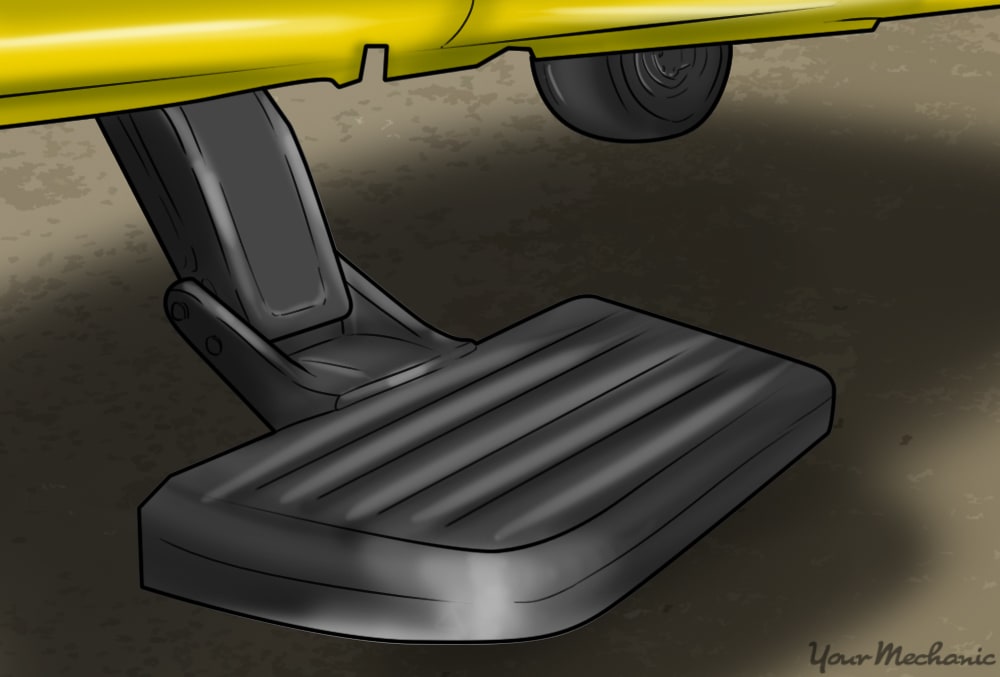

Dream of hitting the open road, with nothing but the highway in front of you and the miles rolling by? Whether you dream of driving a big rig/over-the-road (OTR) truck or a smaller box truck doing local or regional deliveries, it’s a career that’s always hiring and expanding.
Here are a few tips and steps you can take to become a truck driver:
Know your trucks
A light-duty truck is typically utilized by smaller companies, such as contractors, plumbers, and home use and weighs under 10,000 pounds gross vehicle weight (GVW).
A medium-duty truck is used more in construction, hauling, refuse, service, and more, and weighs between 10,001 and 26,000 pounds GVW.
Heavy-duty trucks, also known as big rigs and over-the-road (OTR) or long-haul trucks, are used for transportation, material hauling, mining, and more and weigh more than 26,000 pounds GVW.
Research the types of truck driver jobs and decide the path you want to take. A local truck driver operating a light- or medium-duty truck making deliveries locally and returning home each evening has different steps and requirements than an over-the-road, long-haul driver operating a big rig heavy-duty truck, who may be out on the road for days or weeks. In addition, some drivers choose to make the very large investment in a truck of their own, while others opt to work for-hire for local trucking and transport companies. Both have their pros and cons and depend on what type of investment you are looking to make in the career choice. When just starting out, truck drivers often start working for a company and branch out on their own after some time, experience, and savings.
Know the driver’s license requirements
Follow the steps to obtain what’s needed. A local truck driver operating light- and medium-duty trucks will only need a state driver’s license; however, to operate a heavy-duty, over-the-road truck, you will need a specialized, commercial driver’s license (CDL). Some states require driver’s be 21 years of age or older, with a clean driving record and high school diploma, or equivalent as well. There are many schools around the country that provide training and licensing programs. Also understand that driving violations are often doubled for individuals with a CDL, regardless of what vehicle they are driving at the time of the infraction.
Each state has it’s own requirements for a commercial driver’s license, so check with the Department of Motor Vehicles for specific information.
Take necessary certifications or endorsements to expand your job options. Certifications or endorsements may also be required depending on what you are hauling and transporting, including hazardous materials, doubles triples, passenger, school bus, and more. Additional exams for an over-the-road driver may be required, such as the Federal Motor Carrier Safety Regulation (FMCSR) exam, which covers federal traffic laws and requires hearing and vision tests.
Look for job openings and apply. Once you know what type of job you are looking for, have the necessary driver’s license and certifications, if required, it’s time to look for a job. Remember the options for returning home each night or staying on the road for short or long periods of time. Many jobs may have additional testing and certification requirements, as well as probationary or training periods to teach skills and information specific to the truck driving job at hand.
Continue your education. Stay up-to-date on driving laws and regulations wherever you are traveling, both out-of-state and close to home, stay current on testing and certifications, and continue to add endorsements as possible and needed to your truck driver resume.
Anyone with the desire, ability, and clean driving record can become a truck driving, If you have any questions about how to become a truck driver or the requirements, ask a mechanic for help or information.



